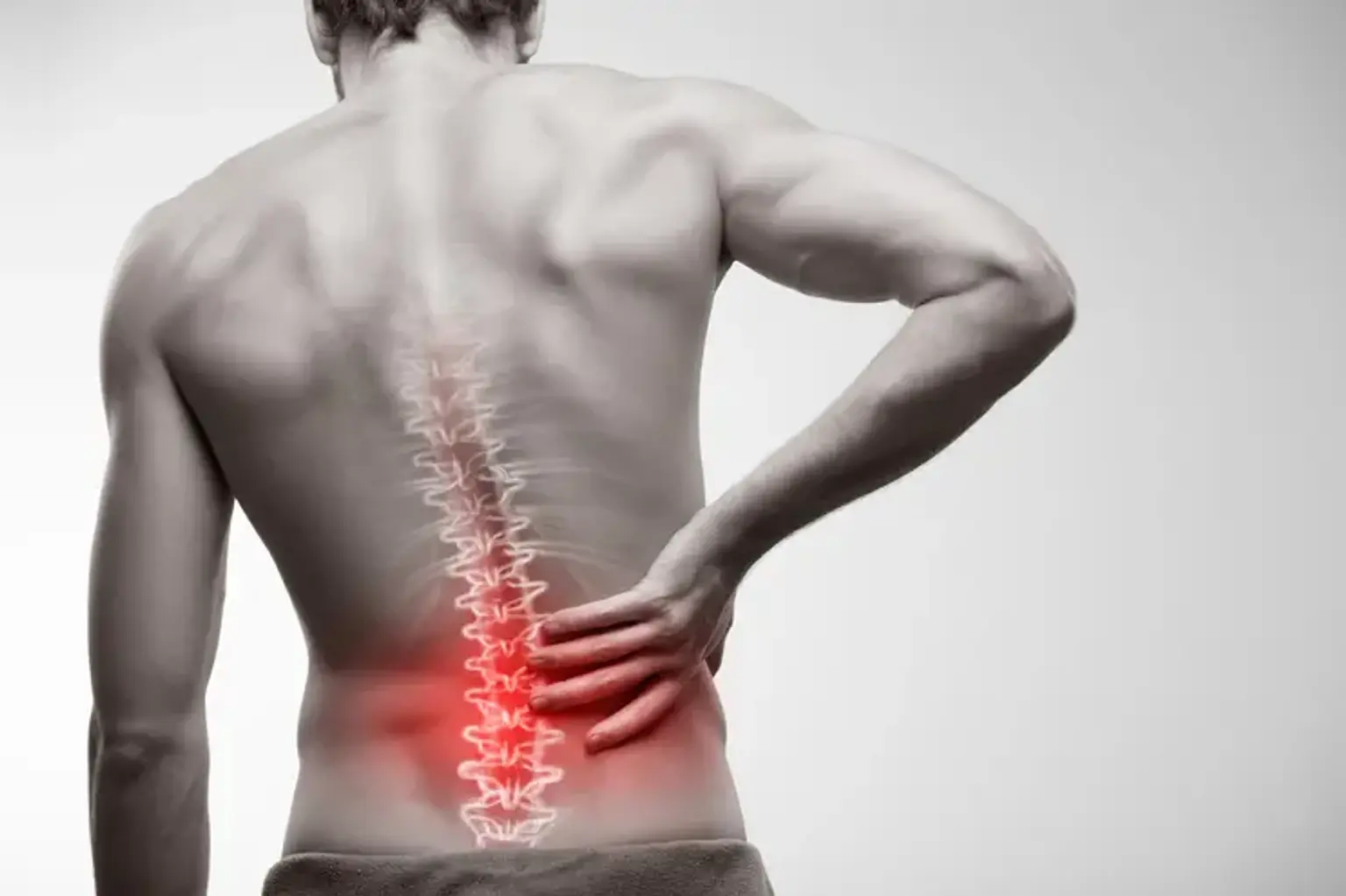Chronic Spinal Pain
What is Chronic spinal pain?
Chronic spinal pain (also known as chronic back pain) is one of the primary causes of disability in individuals all over the world. It is applicable to persistent neck, thoracic, and low back pain. Despite the regularity with which this ailment presents, a firm grasp of its etiologies is frequently elusive. In theory, any innervated spinal structure, such as muscles, synovial joints, intervertebral discs, dura mater, and ligaments, might induce pain.
Chronic back pain is defined as lasting three months or more. It might come and go, providing short relief and then frustration. Dealing with persistent back pain can be especially difficult if you don't know what to do.
The phrase "chronic pain" refers to discomfort that lasts longer than three to six months or goes beyond the point of tissue healing. Depending on the circumstances, this form of pain may alternatively be referred to as "chronic benign pain" or "chronic non-cancer pain." (Because there is continuing and observable tissue destruction, chronic pain from cancer is more acute or acute-recurrent in nature. There is also persistent pain caused by a known reason, which will be described later). The phrase "chronic pain" will be utilized throughout this discussion.
